Design of a T-Shaped Antenna Based on Characteristic Mode Manipulation for Metal-Framed Handset Application
Abstract
:1. Introduction
2. Antenna Configuration
3. Working Principles of the Proposed Antenna
4. Fabrication and Measurement
5. Conclusions
Author Contributions
Funding
Conflicts of Interest
References
- Chou, Y.J.; Lin, G.S.; Chen, J.F.; Chen, L.S.; Houng, M.P. Design of GSM/LTE multiband application for mobile phone antennas. Electron. Lett. 2015, 51, 1304–1306. [Google Scholar] [CrossRef]
- Wang, H.; Wang, Y.; Wu, J.; Chen, P.; Wu, Z.; Yang, G. Small-size reconfigurable loop antenna for mobile phone applications. IEEE Access 2016, 4, 5179–5186. [Google Scholar] [CrossRef]
- Sung, Y. Simple inverted-F antenna based on independent control of resonant frequency for LTE/wireless wide area network applications. IET Microw. Antennas Propag. 2014, 9, 553–560. [Google Scholar] [CrossRef]
- Kim, G.H.; Yun, T.Y. Small wideband monopole antenna with a distributed inductive strip for LTE/GSM/UMTS. IEEE Antennas Wirel. Propag. Lett. 2015, 14, 1677–1680. [Google Scholar] [CrossRef]
- Hsieh, H.W.; Lee, Y.C.; Tiong, K.K.; Sun, J.S. Design of a Multiband Antenna for Mobile Handset Operations. IEEE Antennas Wirel. Propag. Lett. 2009, 8, 200–203. [Google Scholar] [CrossRef]
- Park, S.J.; Shin, D.H.; Park, S.O. Low side-lobe substrate-integrated-waveguide antenna array using broadband unequal feeding network for millimeter-wave handset device. IEEE Trans. Antennas Propag. 2016, 64, 923–932. [Google Scholar] [CrossRef]
- Liu, H.; Li, R.; Pan, Y.; Quan, X.; Yang, L.; Zheng, L. A multi-broadband planar antenna for GSM/UMTS/LTE and WLAN/WiMAX handsets. IEEE Trans. Antennas Propag. 2014, 62, 2856–2860. [Google Scholar] [CrossRef]
- Yuan, B.; Cao, Y.; Wang, G. A miniaturized printed slot antenna for six-band operation of mobile handsets. IEEE Antennas Wirel. Propag. Lett. 2011, 10, 854–857. [Google Scholar] [CrossRef]
- Kearney, D.; John, M.; Ammann, M.J. Miniature ceramic dual-PIFA antenna to support band group 1 UWB functionality in mobile handset. IEEE Trans. Antennas Propag. 2011, 59, 336–339. [Google Scholar] [CrossRef]
- Cho, Y.J.; Hwang, S.H.; Park, S.O. A dual-band internal antenna with a parasitic patch for mobile handsets and the consideration of the handset case and battery. IEEE Antennas Wirel. Propag. Lett. 2005, 4, 429–432. [Google Scholar]
- Deng, C.; Feng, Z.; Hum, S.V. MIMO mobile handset antenna merging characteristic modes for increased bandwidth. IEEE Trans. Antennas Propag. 2016, 64, 2660–2667. [Google Scholar] [CrossRef]
- Szini, I.; Tatomirescu, A.; Pedersen, G.F. On small terminal MIMO antennas, harmonizing characteristic modes with ground plane geometry. IEEE Trans. Antennas Propag. 2015, 63, 1487–1497. [Google Scholar] [CrossRef]
- Miers, Z.; Li, H.; Lau, B.K. Design of bandwidth-enhanced and multiband MIMO antennas using characteristic modes. IEEE Antennas Wirel. Propag. Lett. 2013, 12, 1696–1699. [Google Scholar] [CrossRef]
- Sharma, S.K.; Shanmugam, B. Radiation pattern characteristics of a wideband novel modified archimedean spiral antenna array covering DCS/PCS/WLAN and LTE wireless communication bands. IEEE Antennas Wirel. Propag. Lett. 2011, 10, 1453–1456. [Google Scholar] [CrossRef]
- Young, M.W.; Bernhard, J.T. Characteristic mode investigation of a reactively loaded electrically small dipole antenna. In Proceedings of the 2015 9th European Conference on Antennas and Propagation (EuCAP), Lisbon, Portugal, 13–17 April 2015; pp. 1–2. [Google Scholar]
- Akiyama, N.; Michishita, N.; Morishita, H.; Satoh, H.; Koyanagi, Y. Characteristic mode analysis for small handset antenna. In Proceedings of the 2017 International Symposium on Antennas and Propagation (ISAP), Phuket, Thailand, 30 October–2 November 2017; pp. 1–2. [Google Scholar]
- Yang, X.; Liu, Y.; Gong, S. Design of a wideband omnidirectional antenna with characteristic mode analysis. IEEE Antennas Wirel. Propag. Lett. 2018, 17, 993–997. [Google Scholar] [CrossRef]
- Wen, D.; Hao, Y.; Wang, H.; Zhou, H. Design of a wideband antenna with stable omnidirectional radiation pattern using the theory of characteristic modes. IEEE Trans. Antennas Propag. 2017, 65, 2671–2676. [Google Scholar] [CrossRef]
- Harrington, R.; Mautz, J. Computation of characteristic modes for conducting bodies. IEEE Trans. Antennas Propag. 1971, 19, 629–639. [Google Scholar] [CrossRef]
- Mosallaei, H.; Sarabandi, K. Antenna miniaturization and bandwidth enhancement using a reactive impedance substrate. IEEE Trans. Antennas Propag. 2004, 52, 2403–2414. [Google Scholar] [CrossRef]
- Li, L.W.; Li, Y.N.; Yeo, T.S.; Mosig, J.R.; Martin, O.J. A broadband and high-gain metamaterial microstrip antenna. Appl. Phys. Lett. 2010, 96, 164101. [Google Scholar] [CrossRef] [Green Version]
- Yao, J.; Tchafa, F.M.; Jain, A.; Tjuatja, S.; Huang, H. Far-field interrogation of microstrip patch antenna for temperature sensing without electronics. IEEE Sens. J. 2016, 16, 7053–7060. [Google Scholar] [CrossRef]

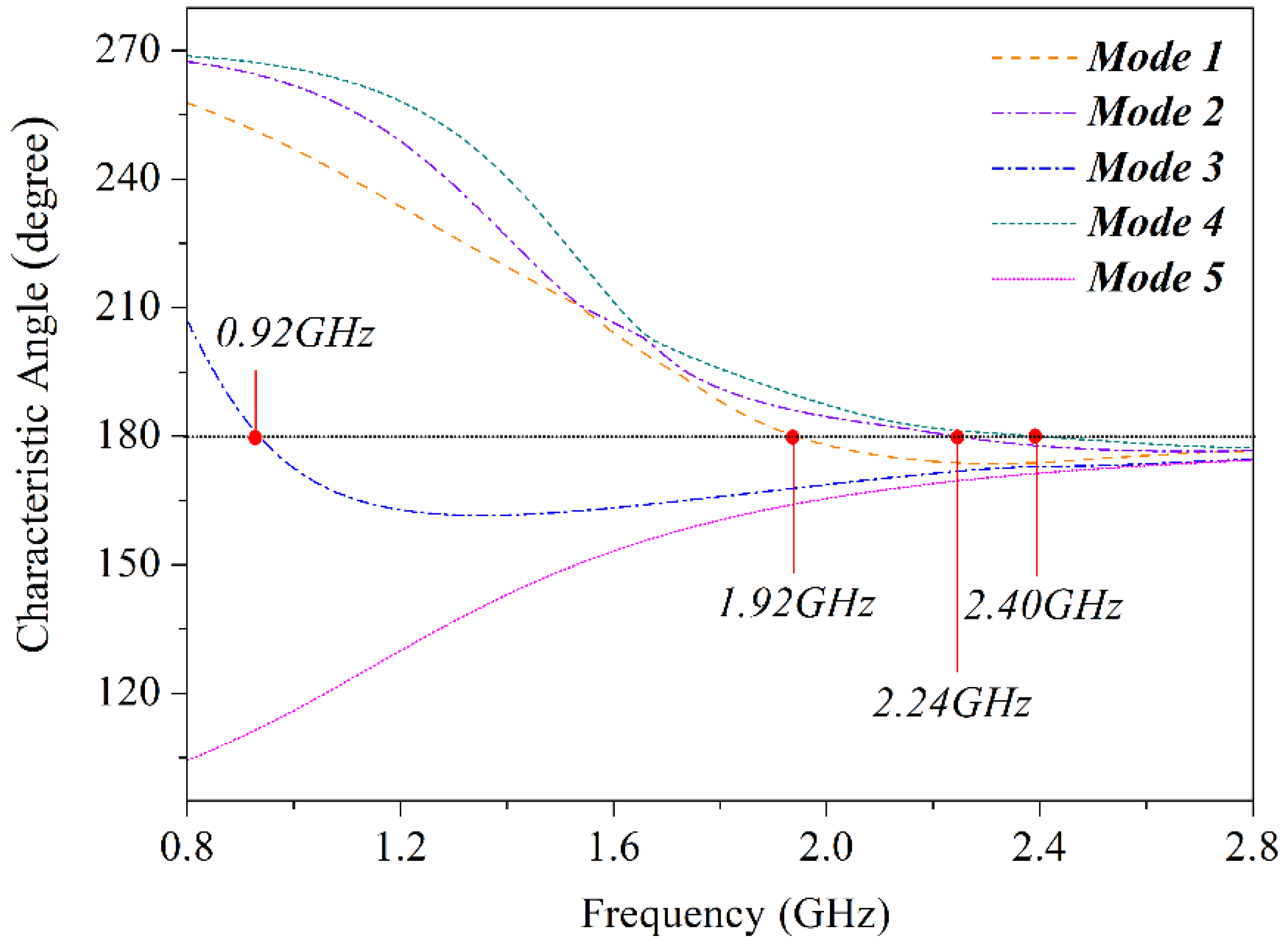

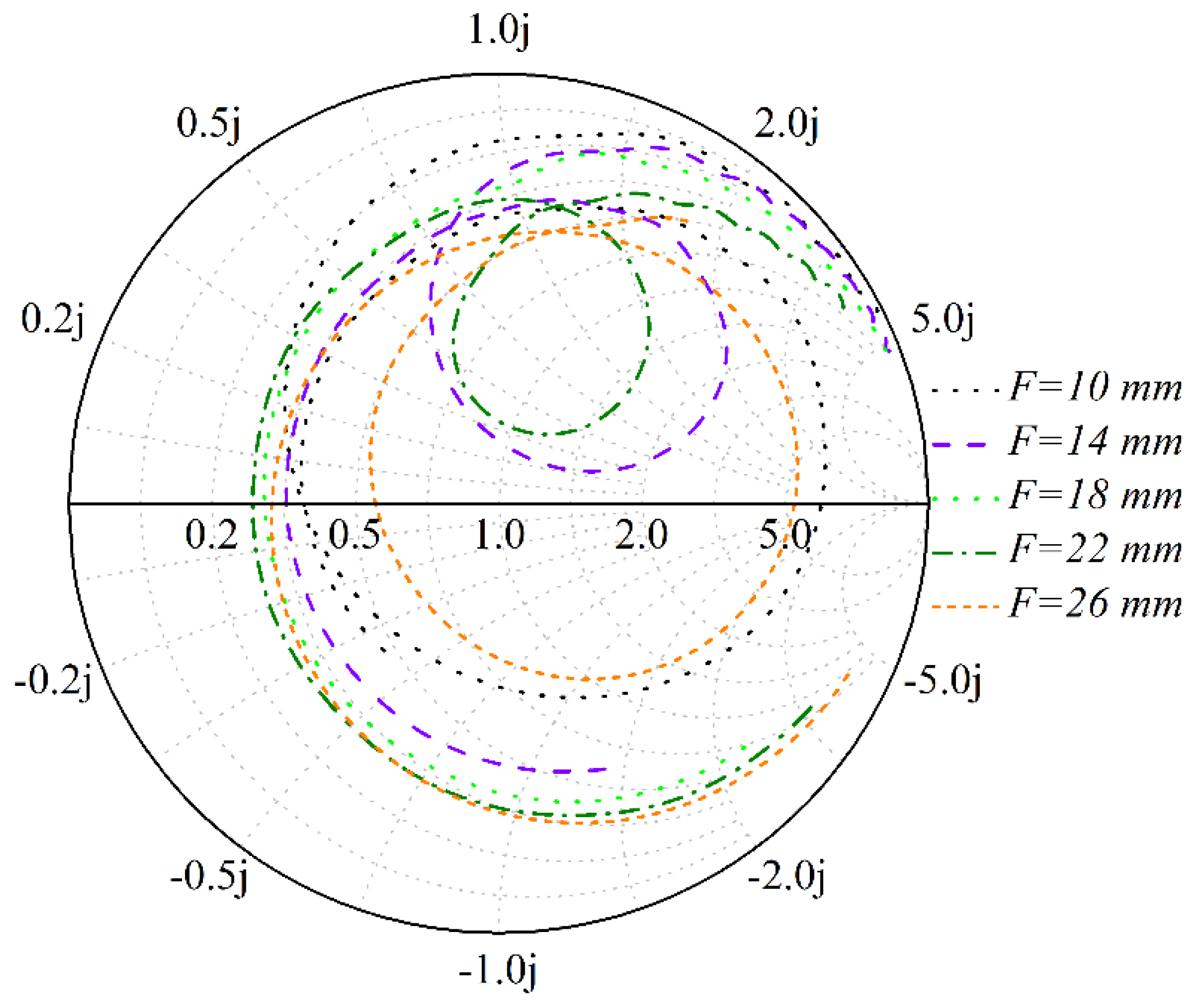
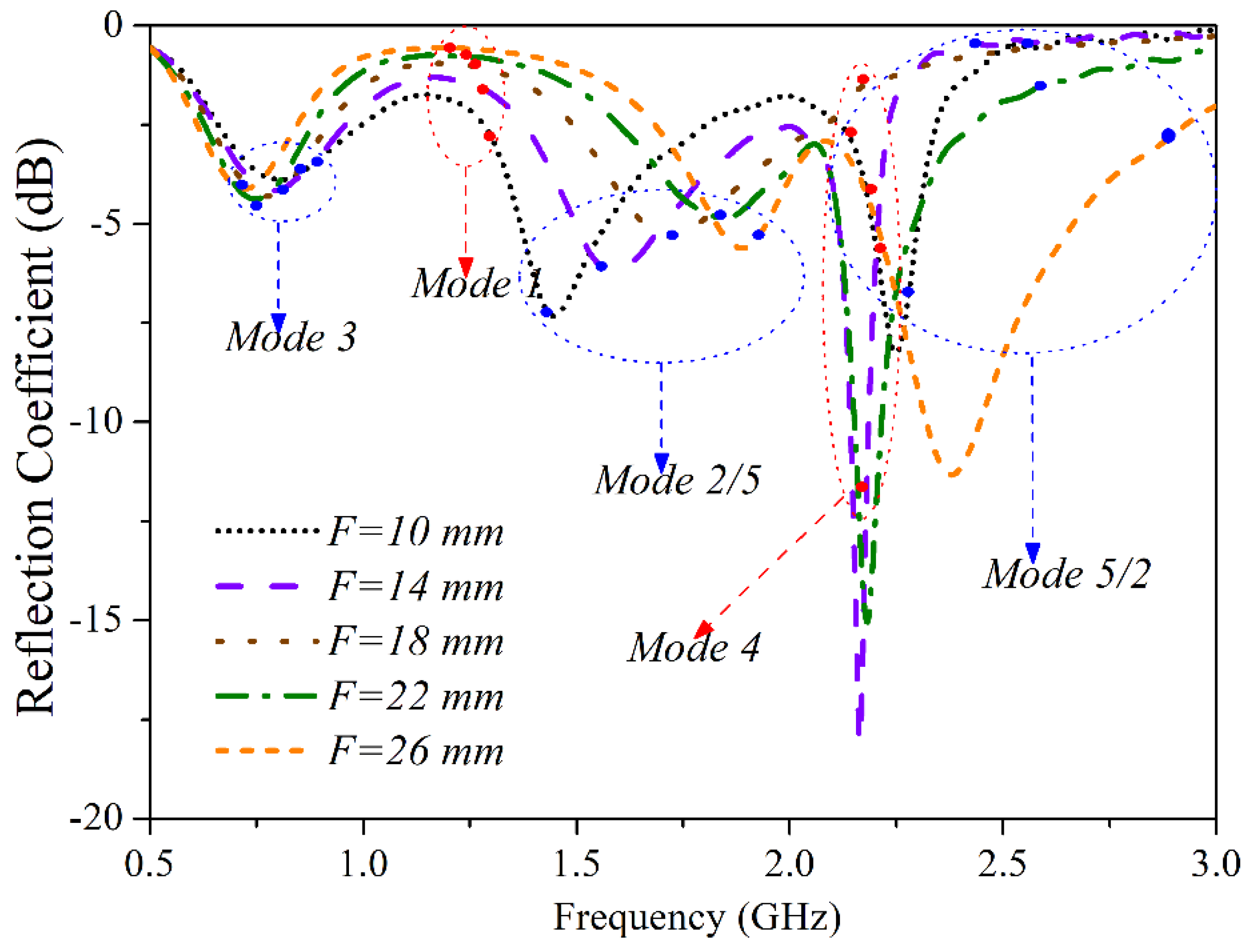


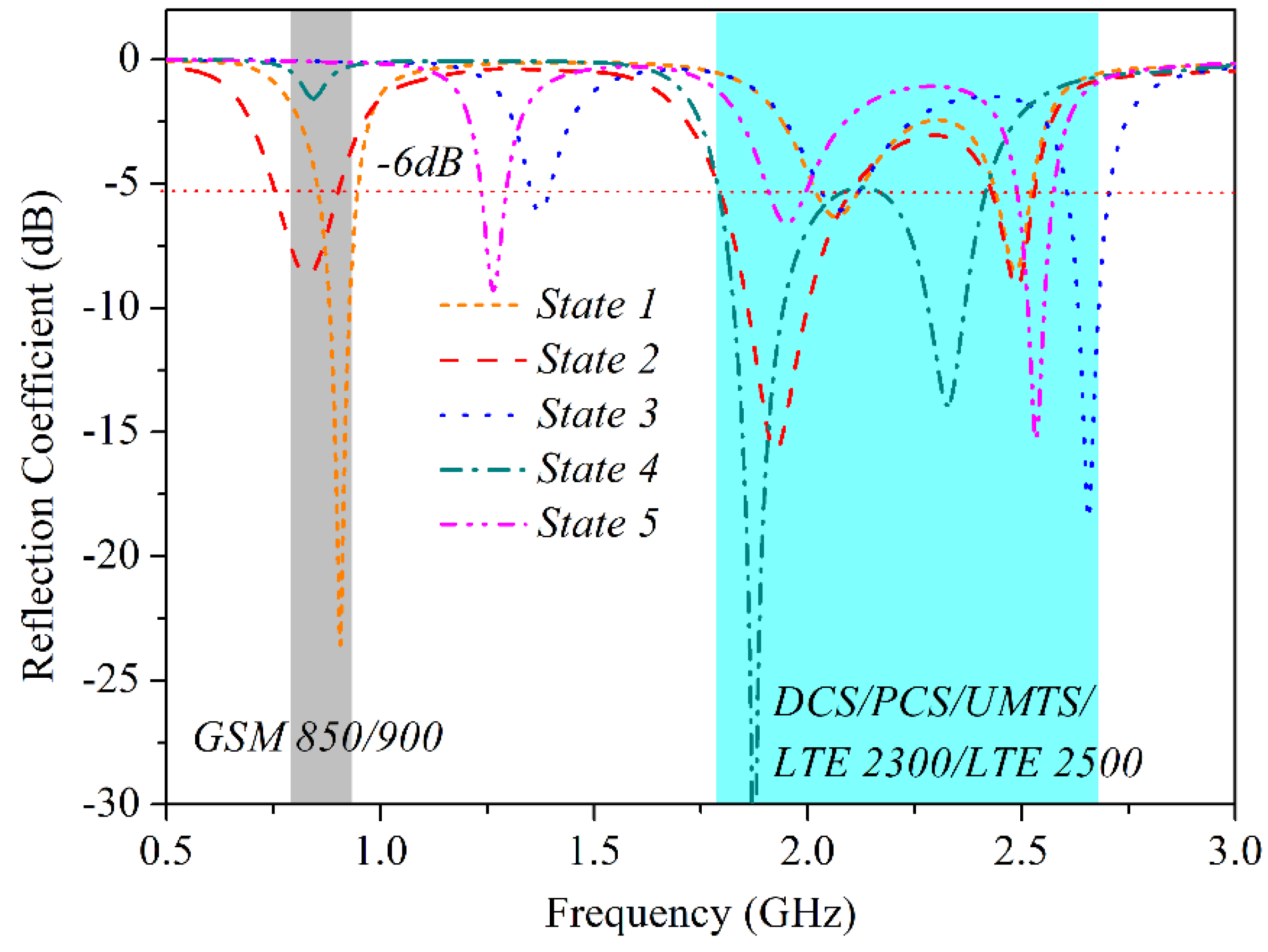
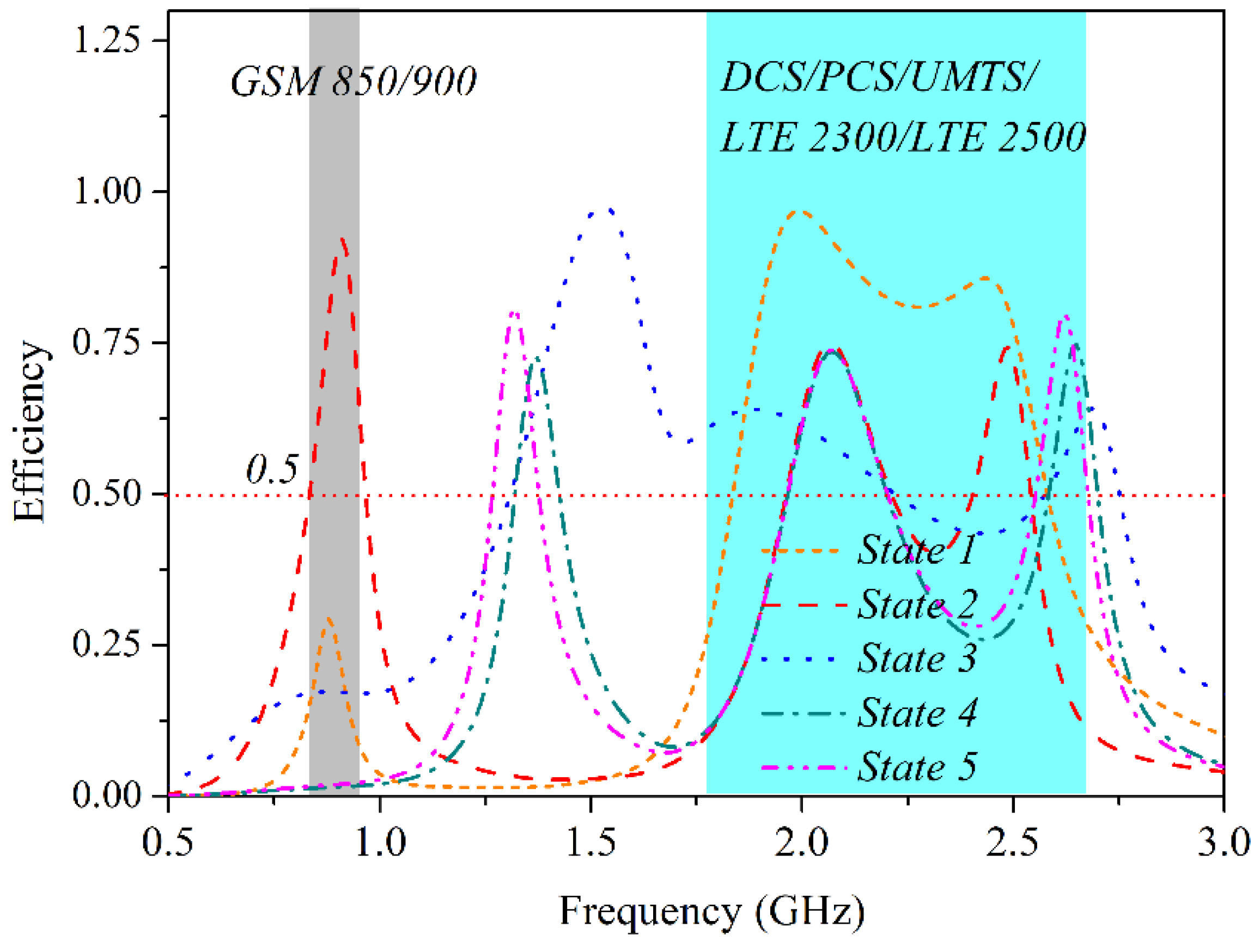
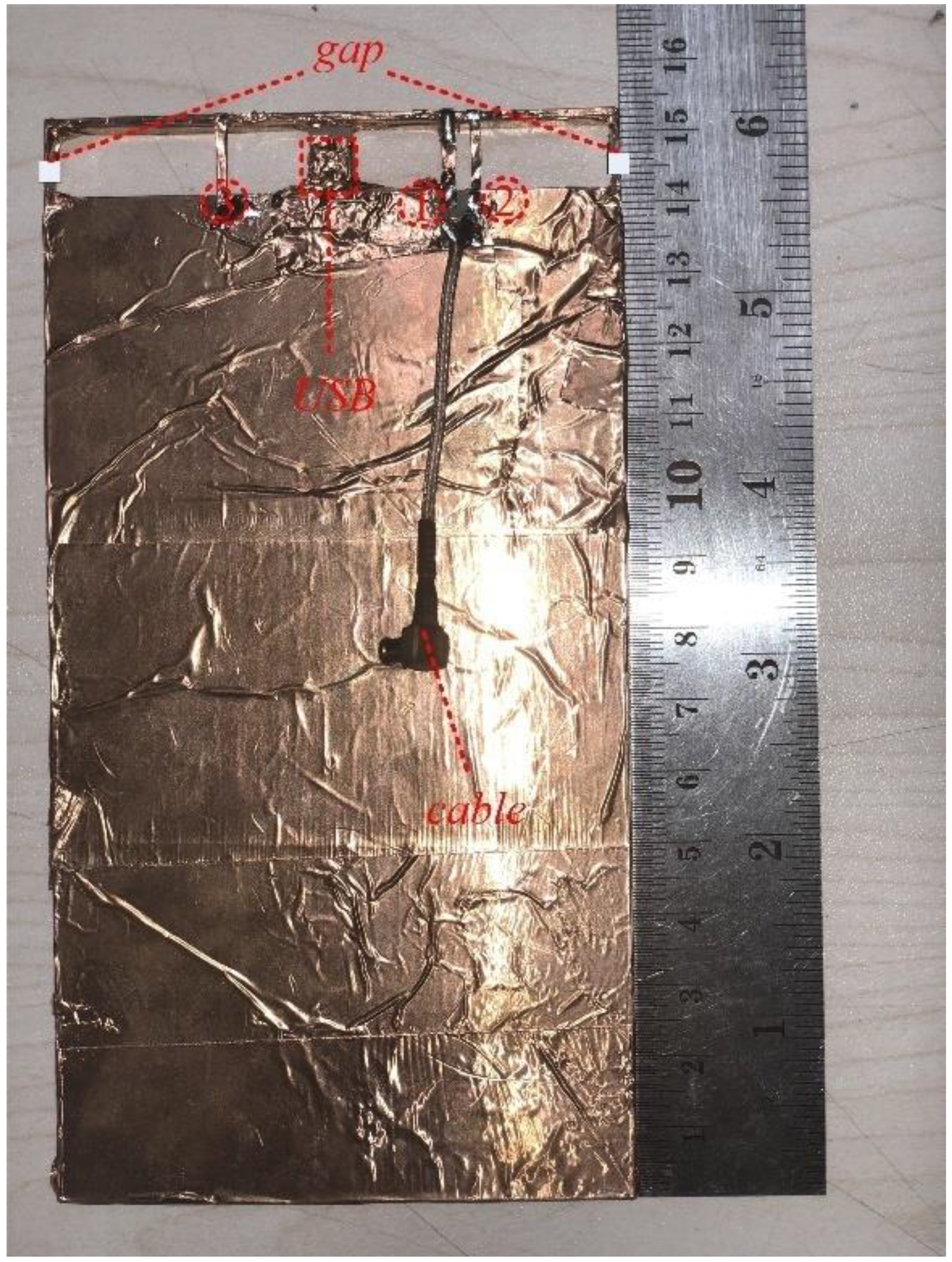

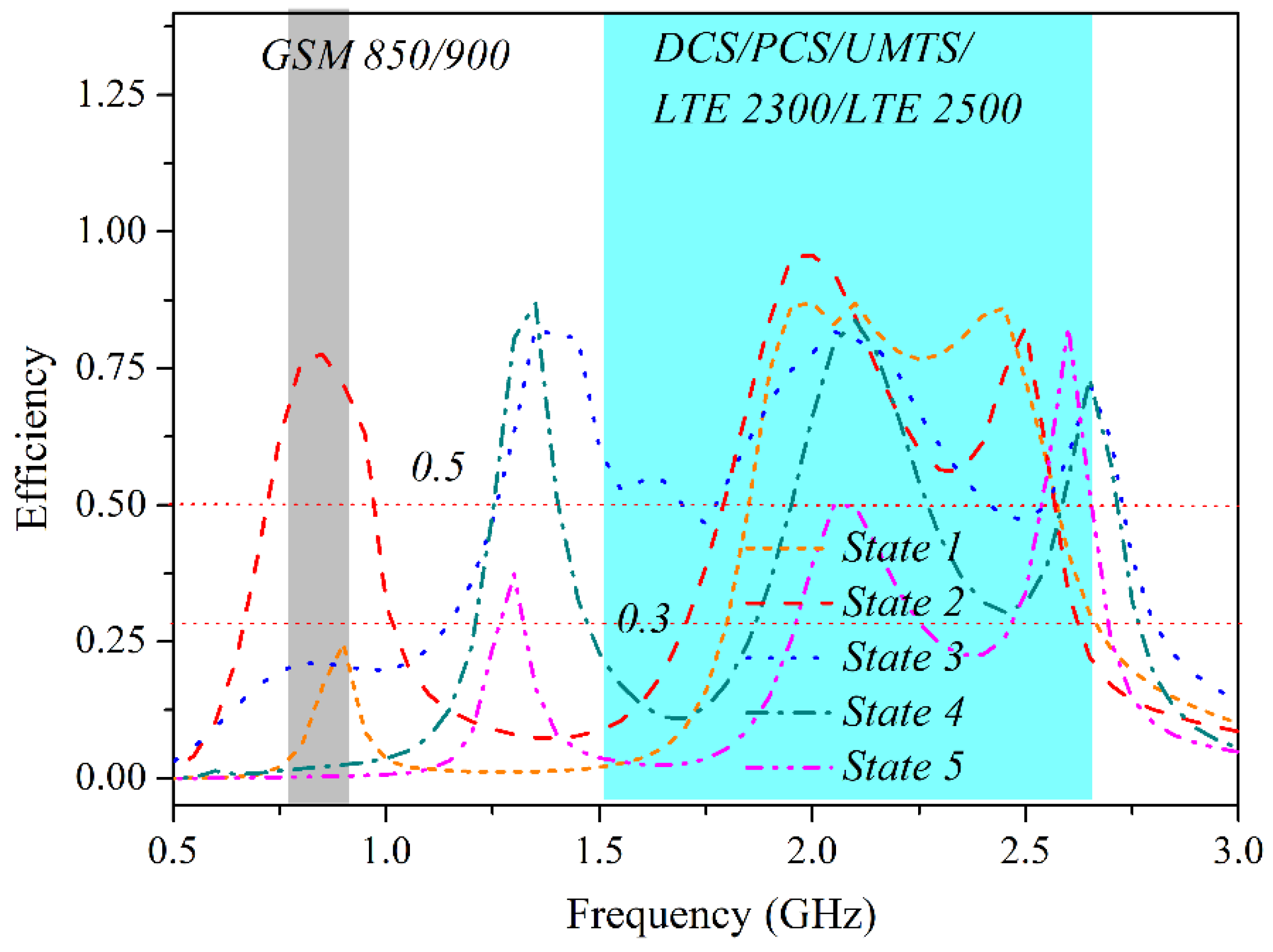
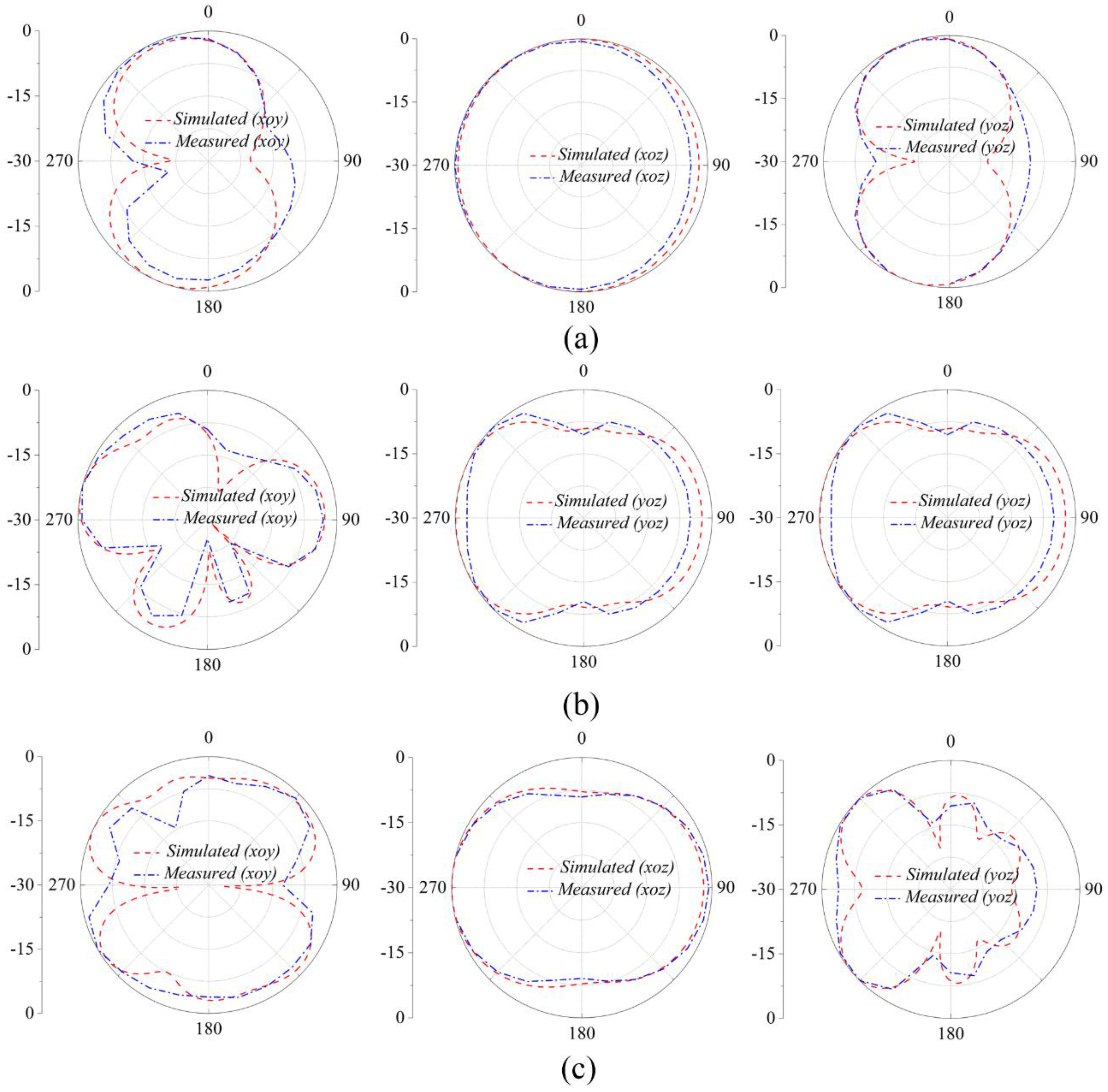
| Parameter | Value (mm) | Parameter | Value (mm) |
|---|---|---|---|
| W | 80 | L | 140 |
| L1 | 6 | L2 | 9 |
| T | 6 | S | 3.2 |
| F | 14 | F1 | 11.9 |
| G | 2.2 |
| State | Feed Point ① | Shorting Pin ② | Shorting Pin ③ |
|---|---|---|---|
| 1 | 1 pF in series | Switch on | Switch off |
| 2 | Switch on | Switch on | Switch off |
| 3 | Switch on | Switch off | 3 nH |
| 4 | Switch on | Switch on | 6 nH |
| 5 | Switch on | Switch on | 8 nH |
© 2018 by the authors. Licensee MDPI, Basel, Switzerland. This article is an open access article distributed under the terms and conditions of the Creative Commons Attribution (CC BY) license (http://creativecommons.org/licenses/by/4.0/).
Share and Cite
Han, C.-Z.; Huang, G.-L.; Yuan, T.; Wang, J.-Z. Design of a T-Shaped Antenna Based on Characteristic Mode Manipulation for Metal-Framed Handset Application. Electronics 2018, 7, 209. https://doi.org/10.3390/electronics7100209
Han C-Z, Huang G-L, Yuan T, Wang J-Z. Design of a T-Shaped Antenna Based on Characteristic Mode Manipulation for Metal-Framed Handset Application. Electronics. 2018; 7(10):209. https://doi.org/10.3390/electronics7100209
Chicago/Turabian StyleHan, Chong-Zhi, Guan-Long Huang, Tao Yuan, and Ju-Zhen Wang. 2018. "Design of a T-Shaped Antenna Based on Characteristic Mode Manipulation for Metal-Framed Handset Application" Electronics 7, no. 10: 209. https://doi.org/10.3390/electronics7100209





